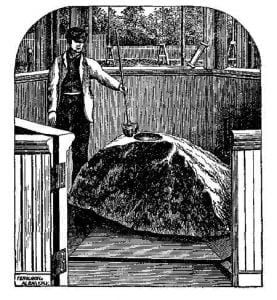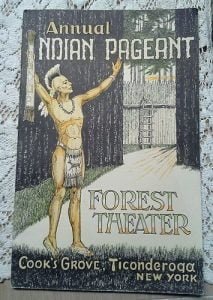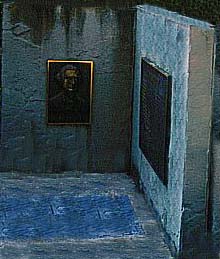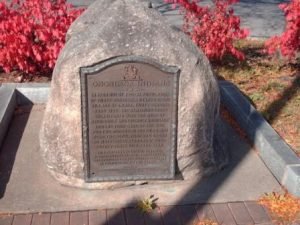Treaty Rock, Canandaigua, New York
In central New York State at the end of beautiful Canandaigua Lake there is the village of Canandaigua. Here there is a stone marker pointing out the place where the famous Pickering or Canandaigua Treaty took place. This historic event, occurring here on Nov. 11, 1794, was the treaty which established peace and friendship between the Six Nation Iroquois Confederacy and the United States. Over 1,600 Indians were present when this treaty was signed. The State of New York as an English and Dutch colony, had made treaties with the Six Nations. She planned to continue this practice as a … Read more










